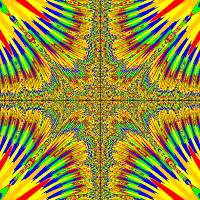Hello! We are trying to code a sliding puzzle for a school project due in 48 hours. The blank tile should switch positions with the tile beside it when the arrow keys are pressed, but we do not know how to switch their positions. Also, each puzzle piece is its own actor. We need help in coding the switching part, but if any of you know an easy way to code a sliding puzzle game, it will be much appreciated. Thank you!




